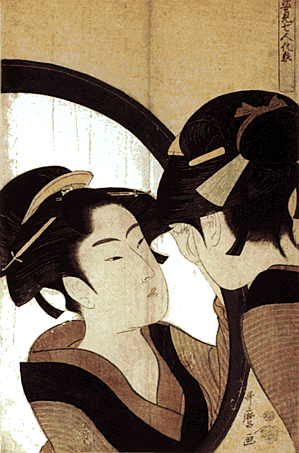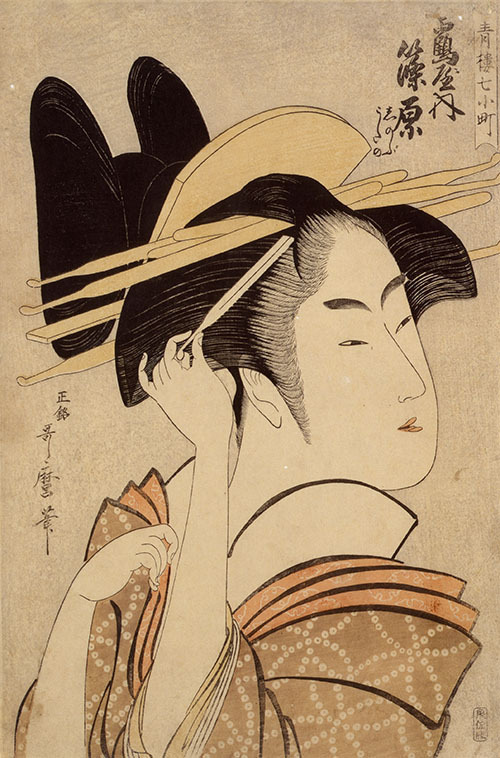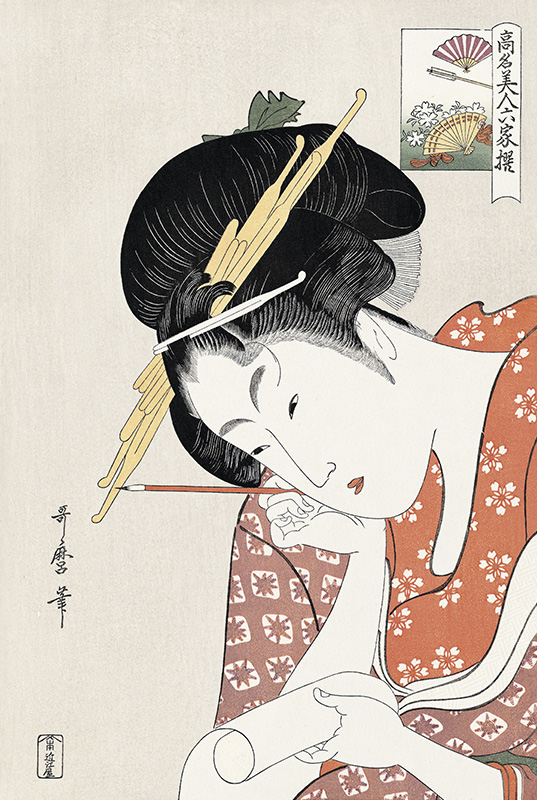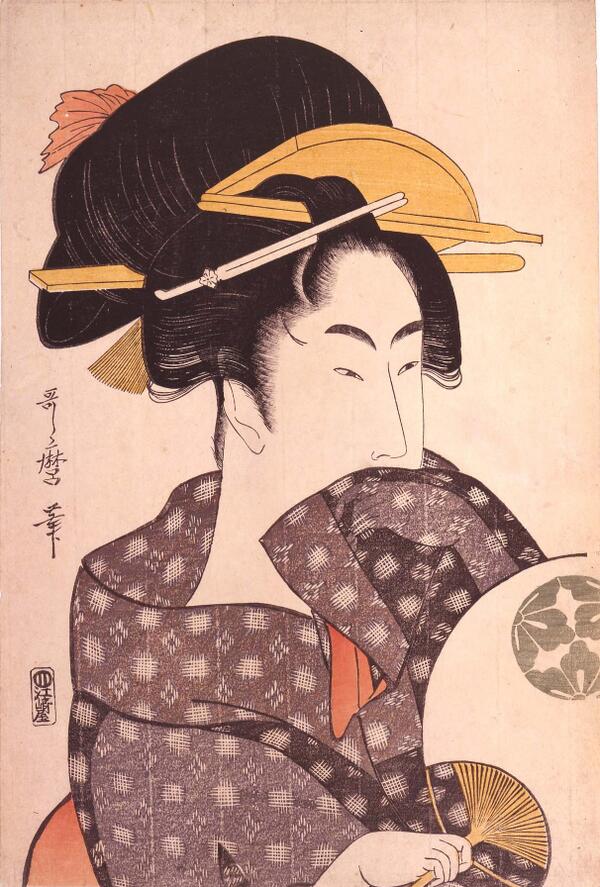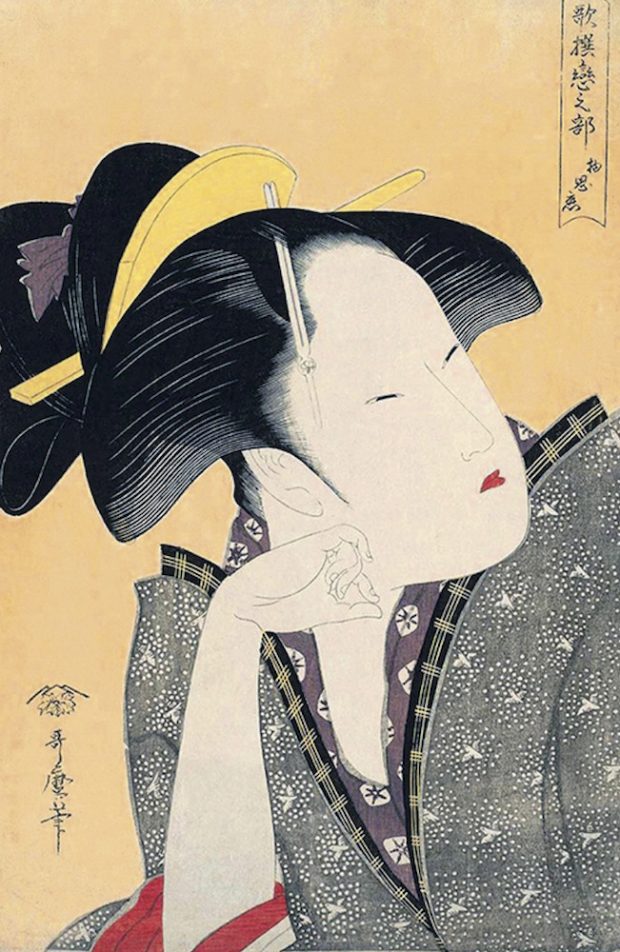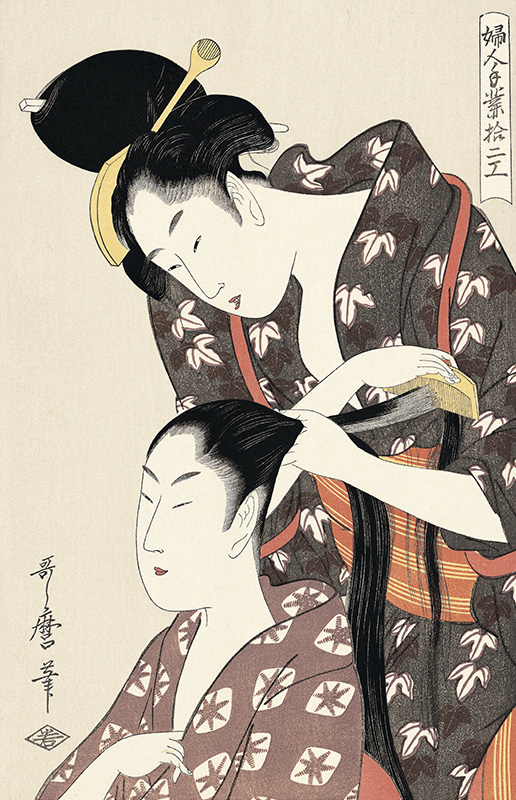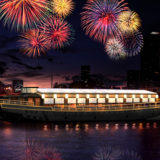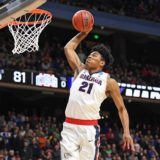What is Ukiyoe?
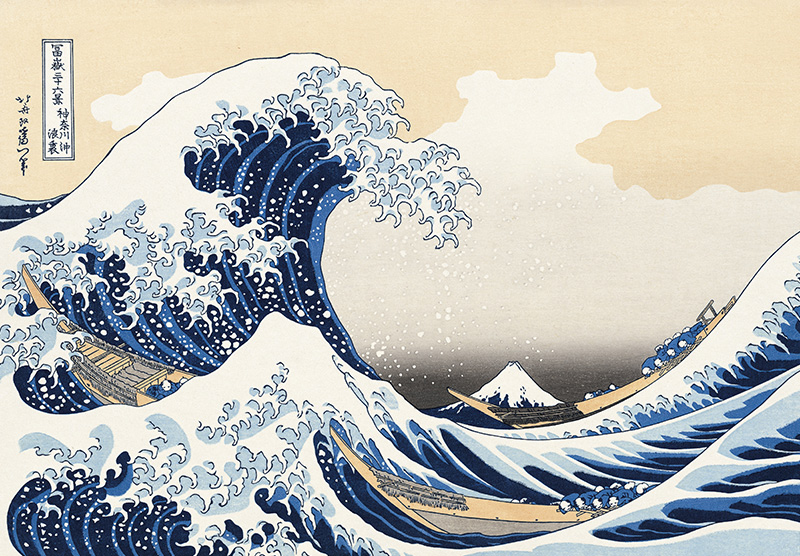
‘Ukiyo’ is a Japanese word meaning a world where many hardships are caused by the pessimism of Buddhism. It also has the meaning of a transient world and a real life. “Ukiyoe” are pictures and woodblock prints depicting people’s changing lives and realities.
Ukiyoe is a genre of paintings established in the Edo period. While it retains its cultural background as a comprehensive style of painting, it is also a genre painting depicting the manners and customs of the day. The subjects range from bijinga, yakusha-e (prints of beautiful women), shibai-e (pictures of plays), meisho-e (pictures of famous places) and shunga (erotic arts). Because ukiyo-e was mass-produced by woodblock printing and sold cheaply, it developed as an entertainment for common people.
In 1865, the French painter Bracquemond showed his friends ‘Hokusai Manga’ which were used for wrapping papers of earthenware imported from Japan, and it became known among artists. Ukiyoe was a pastime for the common people in Japan, and it was traded at such low prices that old and misprints were used as packaging materials for sea cargoes. However, it was traded in Europe at prices unthinkable for Japanese at that time. After that, various works were officially imported from Japan, which greatly influenced the style of the impressionists.
The relatively inexpensive vegetable and mineral dyes and pigments were used in ukiyoe woodblock prints.
Ink was used for black. The ink stick printed in one color is called “Sumizurie” in the early days. White (whitewash) was made from crushed clam shells (calcium carbonate).
How to print Ukiyoe
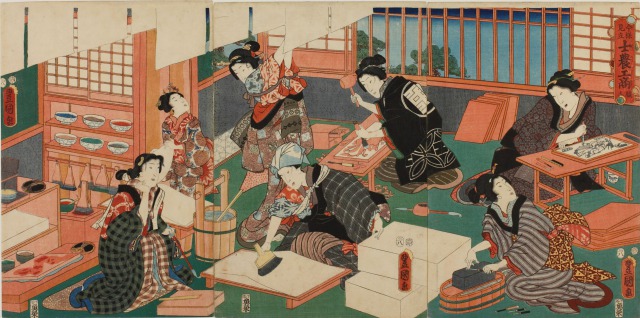
Ukiyoe is completed by the division of labor system of 3 people. They are “Eshi” who draws the original picture, “Horishi” who engraves it on the printing block, and “Surishi” who prints the printing block. And wholesalers called “hanmoto” played the role of the producer who organized it. “Among the publishers,” “Tsutaju” “or” “Juzaburo Tsutaya” “is especially famous.”.
Katsushika Hokusai

When it comes to Mt. Fuji of Ukiyoe, everyone comes to think of this picture of red Mt.Fuji. This is one of the Hokusai’s famous works.Katsushika Hokusai was an ukiyo-e artist in the late Edo period who lived from 1849 to 1760. His representative works include ’36 Views of Mount Fuji’ and ‘Hokusai Manga’ and he was a world-famous painter. He published more than 30,000 works in his life. Hokusai’s position as a painter was consolidated by the release of “36 Views of Mount Fuji” and he also opened up a door in landscape painting. He has influenced impressionist artists such as Vincent van Gogh as well as craftsmen and musicians .
”Fugaku Sanju Rokkei” is one of the famous woodblock print collections and a representative work of Hokusai. “Fugaku” is another name for Mt. Fuji, and these works were depicted the scenery of Mt. Fuji interweaving various places where Mt. Fuji can be seen.
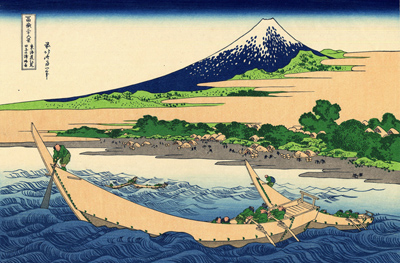

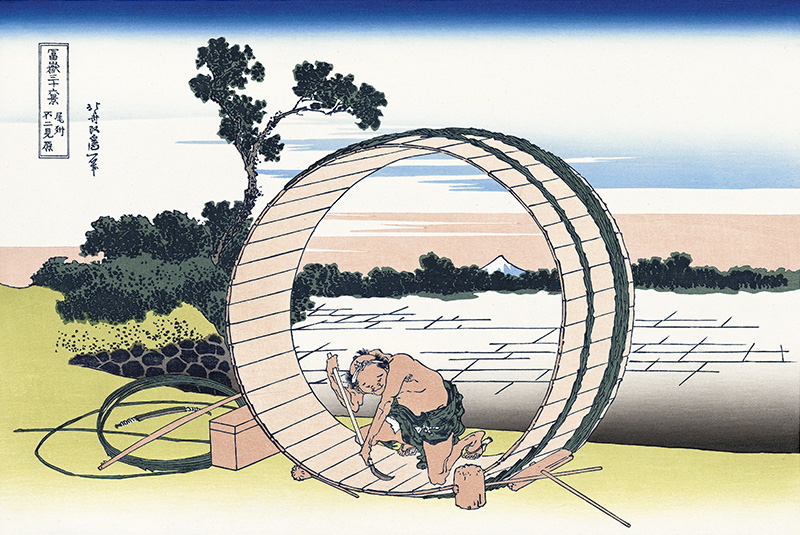
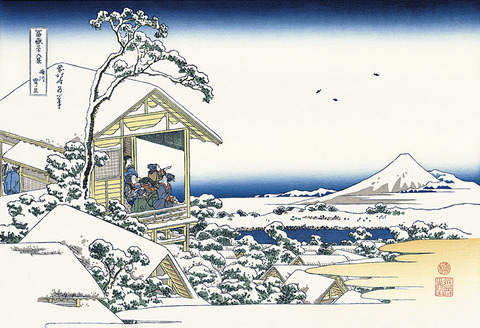
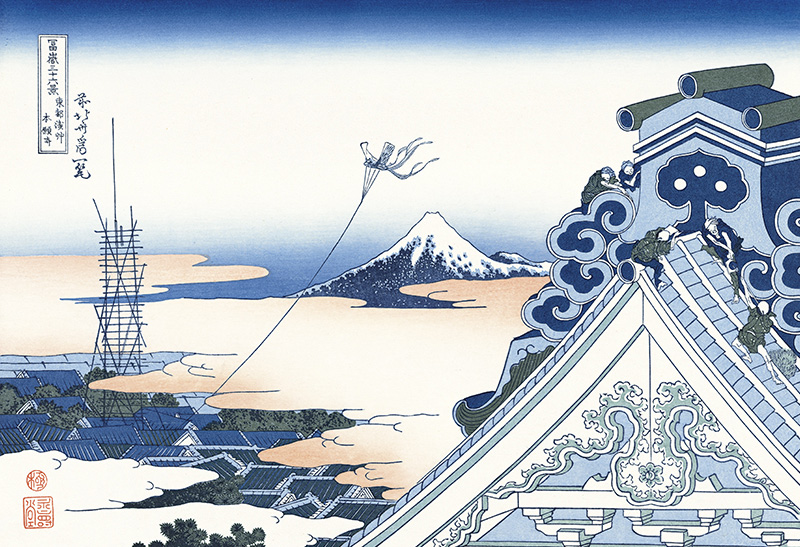
It is a famous temple Asakusa Honganji which is still crowded with tourists. It was originally located in Kanda, but there was the Great Fire of Meireki and it is said that it moved to the present Nishi-Asakusa. A huge roof of Asakusa Gobo, which made common people of Edo surprised in those days, is drawn in front.
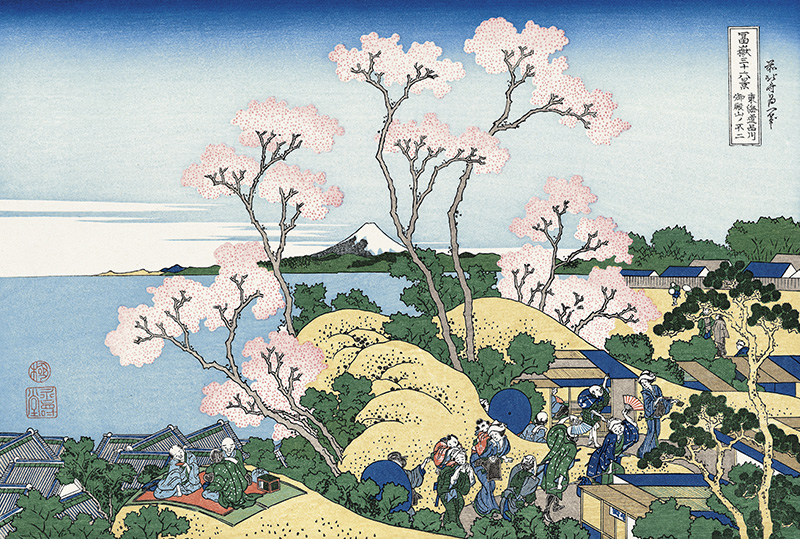
It is a work with Shinagawa Gotenyama which was famous for cherry blossoms. Many people hold parties to enjoy cherry blossoms and Mount Fuji at the same time. The faces of the people are also drawn with fun somehow. The pale pink color of the cherry blossoms further accentuates the gorgeousness.
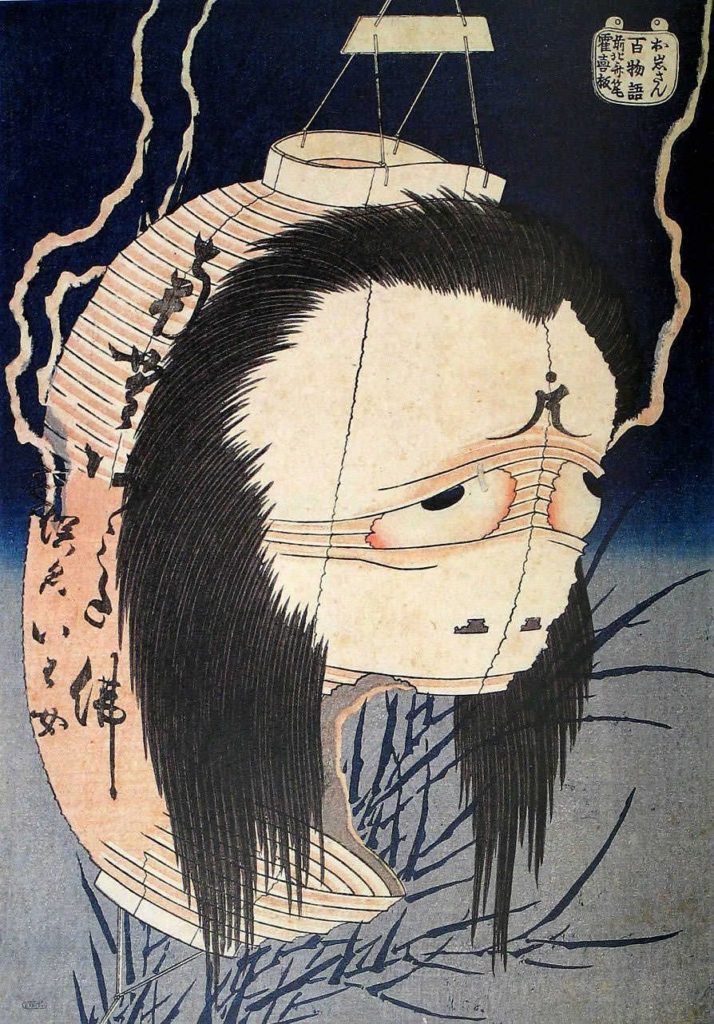
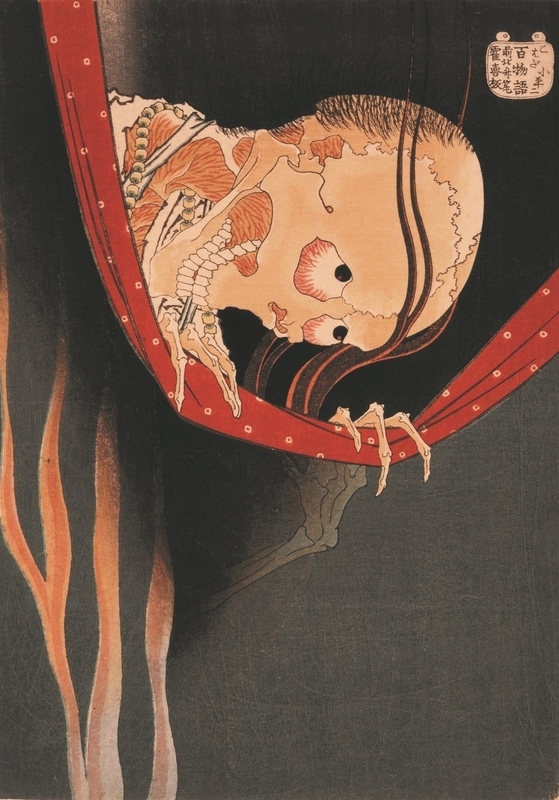
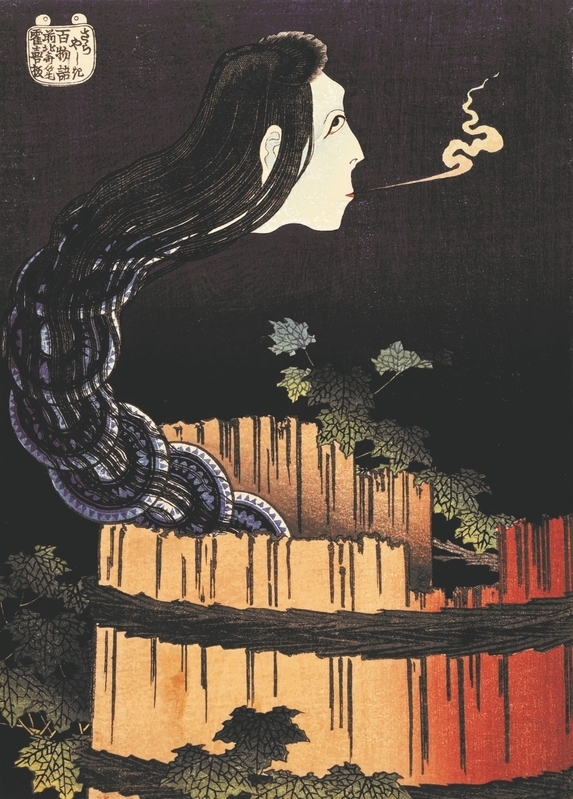
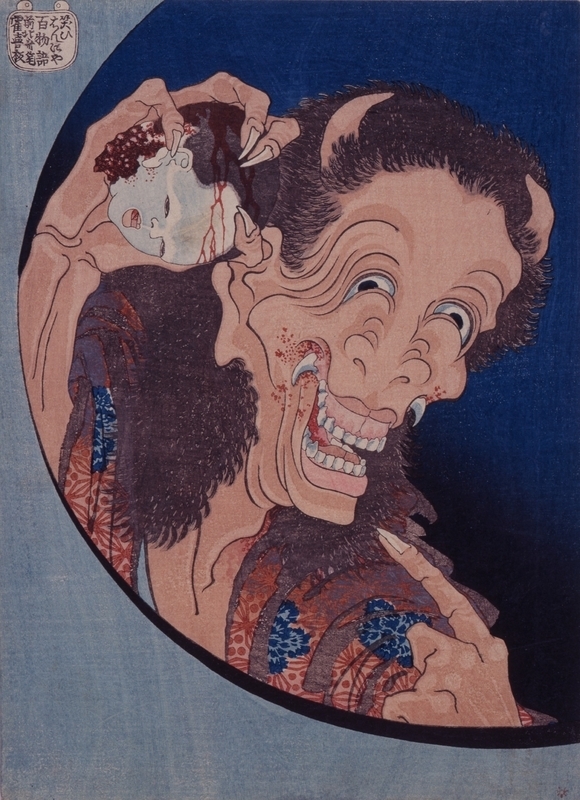
“Hyakumonogatari” or “one hundred storys” is a picture of ghosts and monsters painted by Hokusai with the theme of one hundreds ghosts.
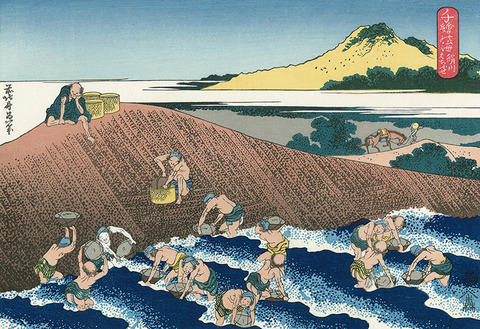
It is a picture of fishing in Kinugawa. The large sandy mountains and the white wave that overlap like pleats are impressive. This picture has a bold composition which is typical of Hokusai’s work.
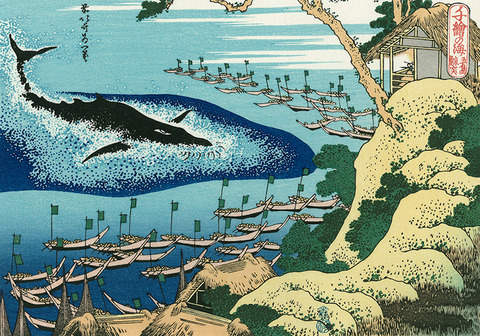
It’s a work about whaling in the Goto Islands. The contrast between a row of boats and huge whales emphasizes the presence of whales.
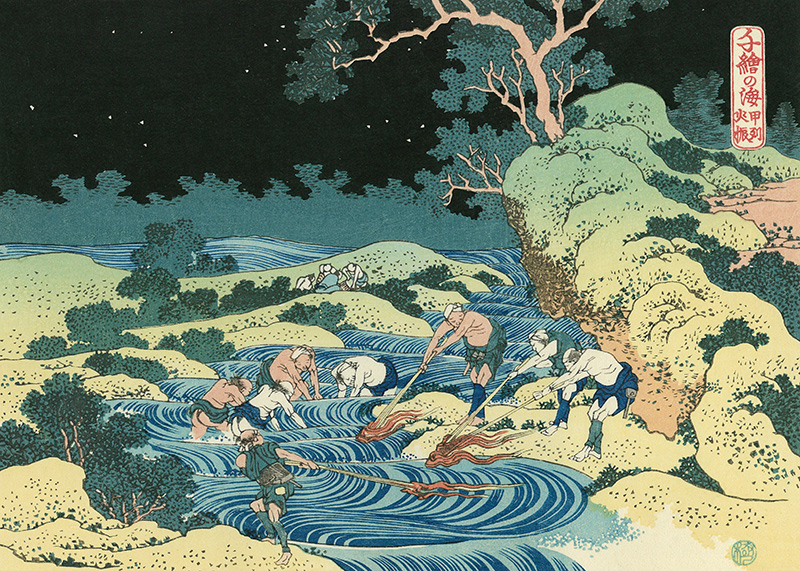
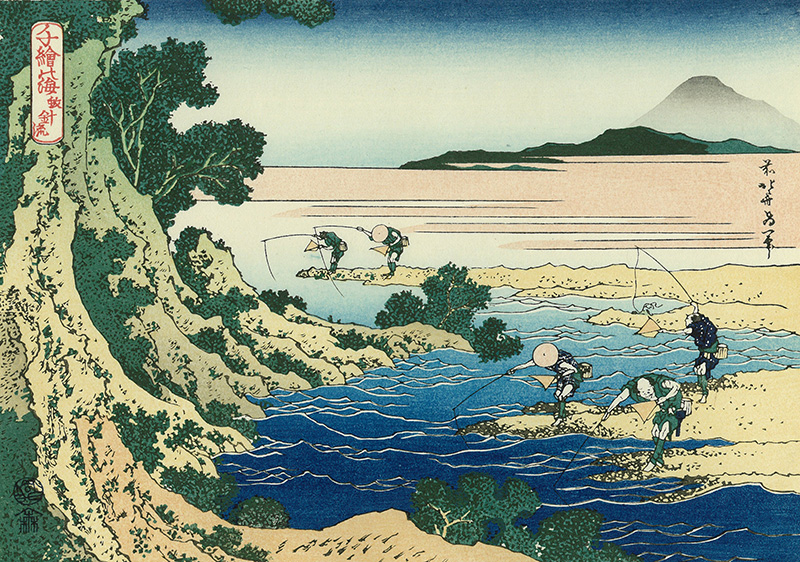
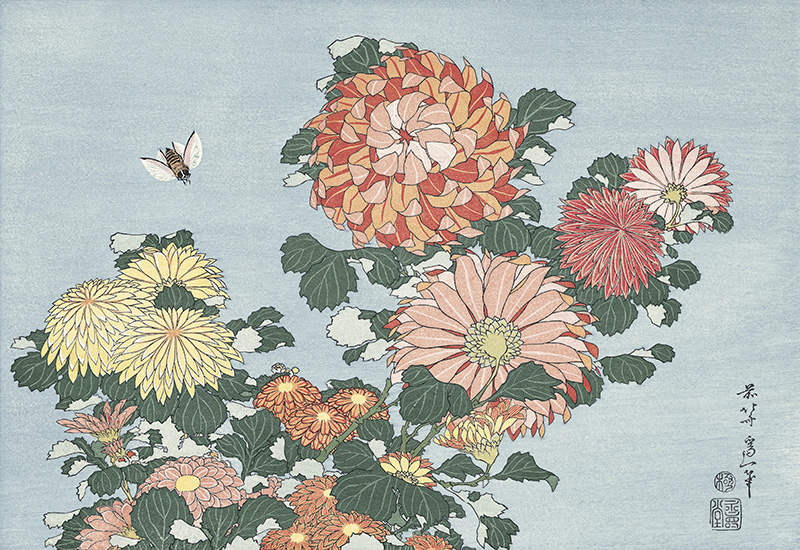
It is said that Hokusai Kacho Gashu was published by the same publisher when “36 Views of Mount Fuji” was published. This series consists of 10 figures.
A chrysanthemum is a flower which blooms around October to Nobember, and its word of flowers is “noble”. In this picture, four or five kinds of chrysanthemums are painted in detail from front to back of the flower.
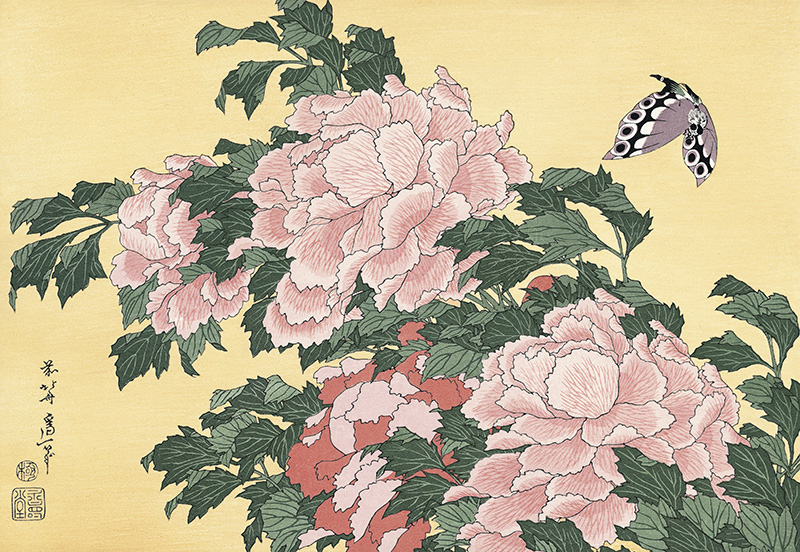
Peony is a flower which blooms around April to May and its word of flowers is “noble and magnificent”. Hokusai tried to express not only flowers and birds but also wind, air and time in nature.
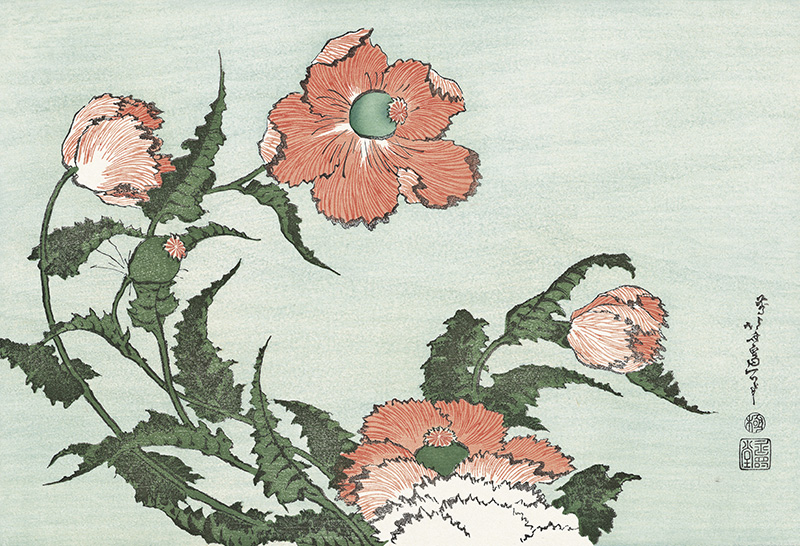
By intentionally not coloring the flower in the front, it creates the impression that the flower in the back is in focus.
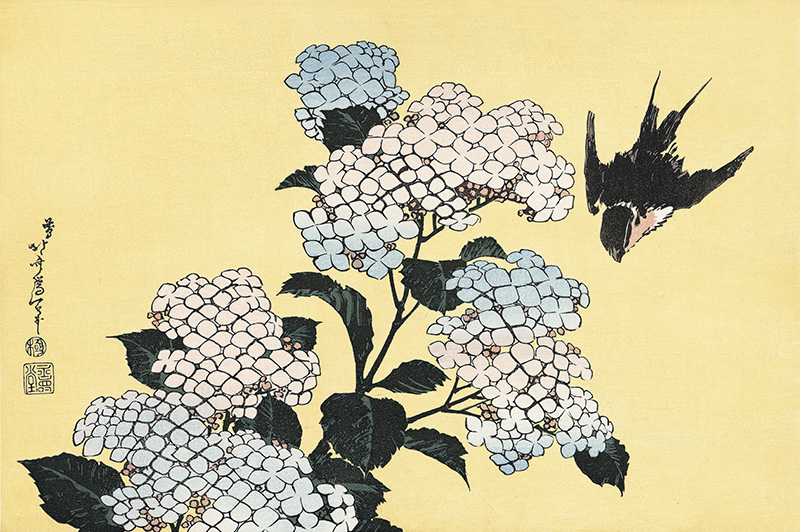
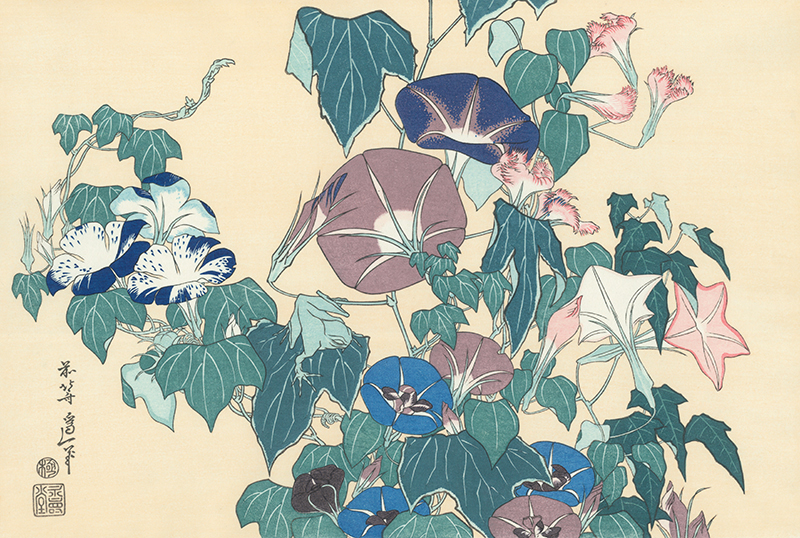
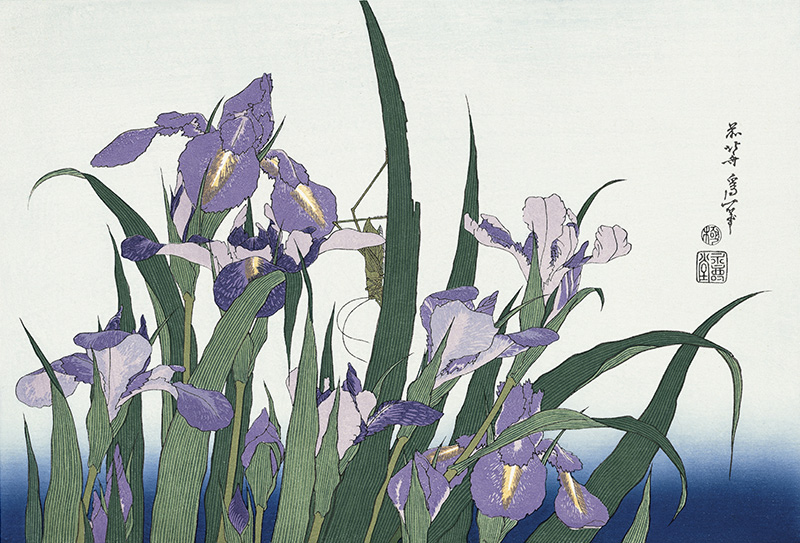
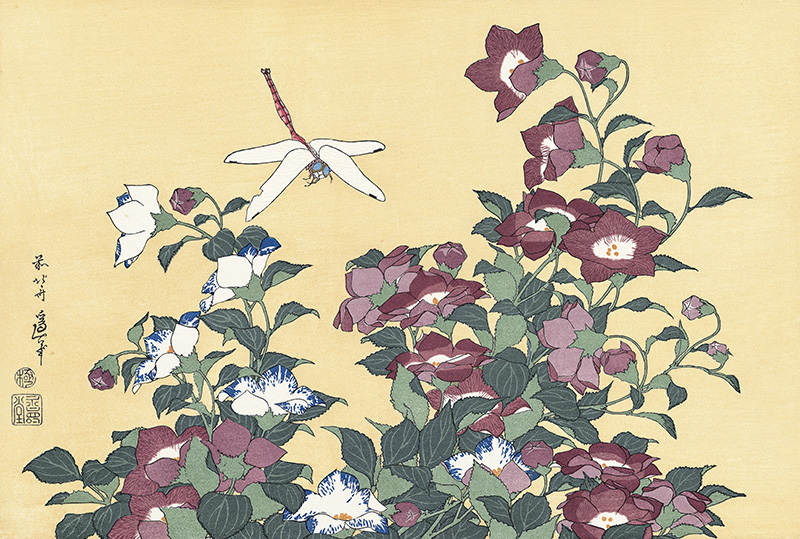
Even in his later years, Hokusai continued to pursue his art of painting.
It is said that Hokusai said, “To write a character, you need to know the skeleton.” and he became a disciple of an orthopedic surgeon, mastered osteotomy and musculoskeletal anatomy, and finally learned the true method of drawing a human body.
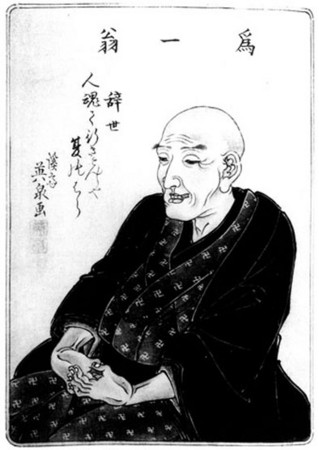
Toshusai Sharaku
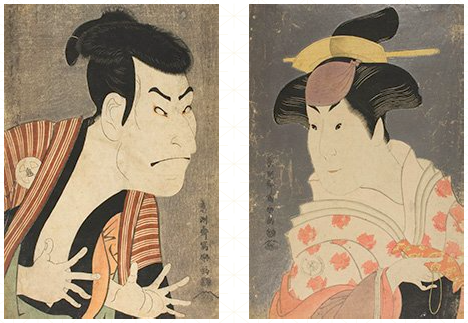
Toshusai Sharaku is an ukiyo-e artist in the middle of the Edo period. He is known as a mysterious painter who disappeared suddenly after publishing Yakusha-e (prints of Kabuki actors) and other works in a short period of about 10 mon Among the painters of Yakushae (prints of Kabuki actors) in the Edo period, Sharaku did not belong to the mainstream group and is said to have been an isolated figure. ths. In other words, he drew actors’ faces and faces with unique deformations. And his work is characterized by a strong impact that reveals even the inside.
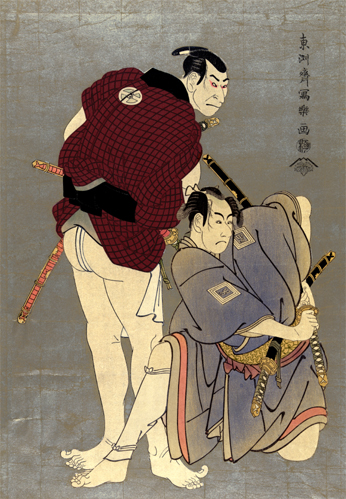

This is a representative work of Sharaku. It is said that the simple colors, the lines on the collar of the kimono, and the big portrayal of the actors’ expressions are wonderful. It is a Kabuki actor called a great actor at that time, Ichikawa Ebizo. From the open round eyes, the bizarre raised eyebrows, and the expression, it shows the acting ability of the great actor.
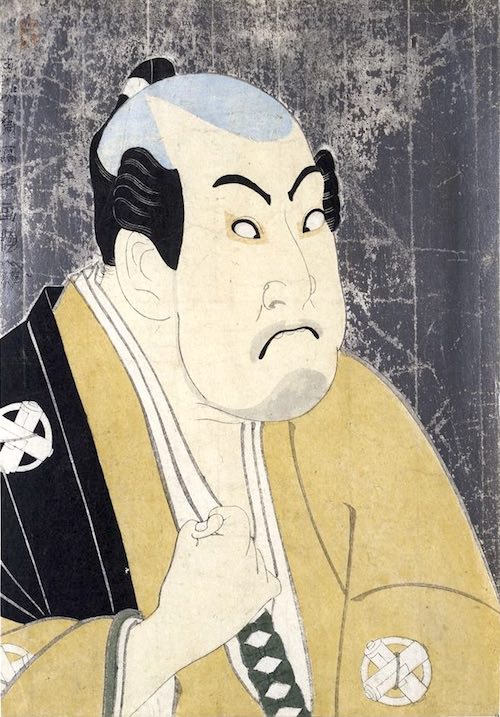
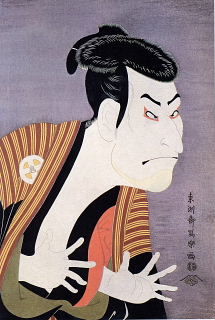
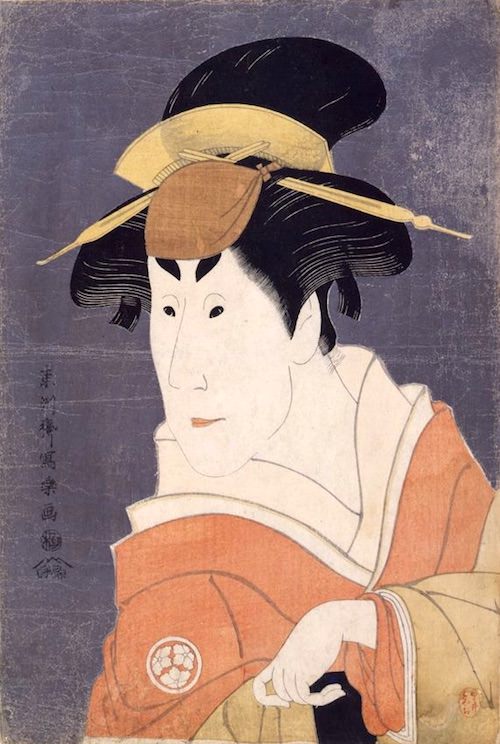
This is a portrayal of Kosagawa Tsuneyo, an actor of female roles、which Ebizo played the wife of Takemura Sadanoshin. The gradation of colors of Kimono is beautiful.
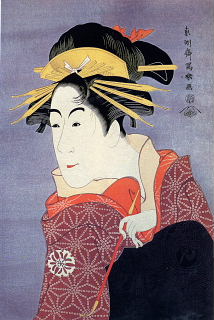
It is an early work of Sharaku, and the deformed part can be seen in the hand part.
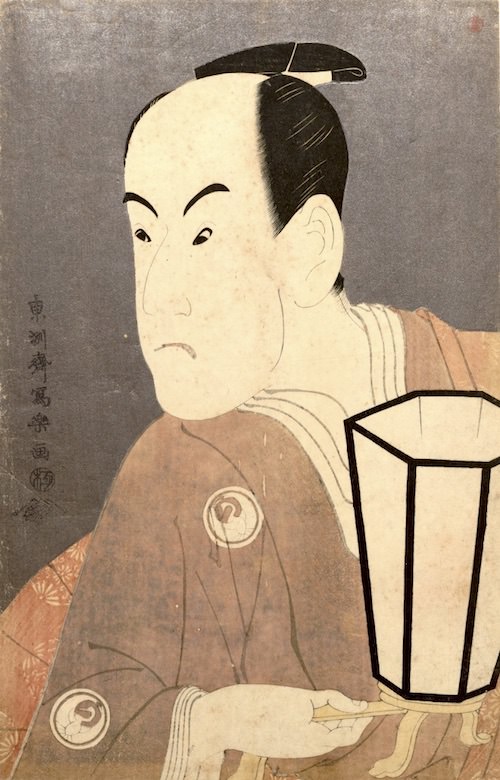
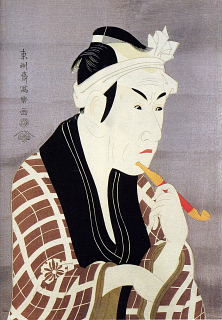
Utagawa Hiroshige
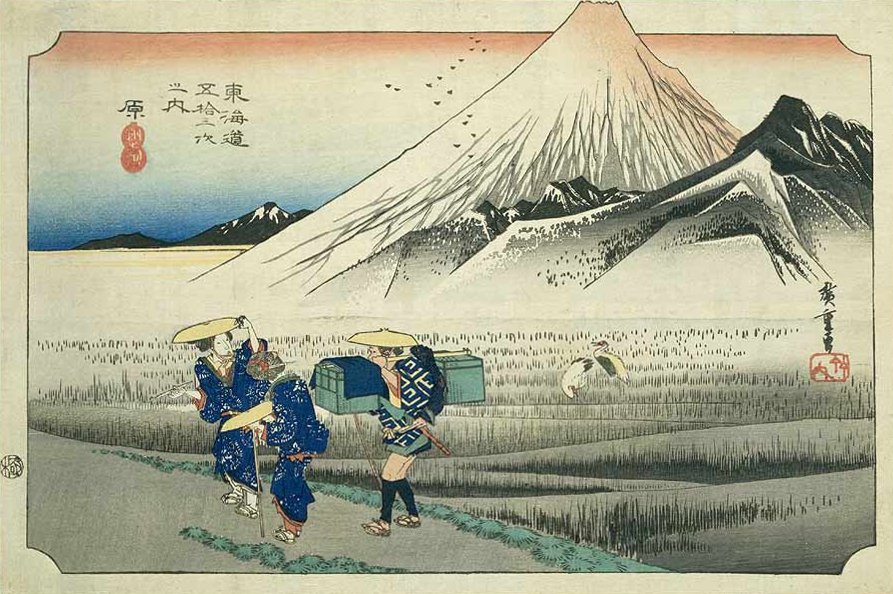
Utagawa Hiroshige (1797 ~ 1858) was a leading ukiyo-e artist in Japan in terms of quality and quantity in prints of landscapes. At that time, “paints of landscapes” which depicted landscapes all over Japan, was treated as a long-seller.
Hiroshige distinguished himself as a landscape painter when he was 35 years old. It has been several years since the release of Katsushika Hokusai’s “36 Views of Mt. Fugaku”. Two years later, the “The 53 stations of the Tokaido Road ” was published.
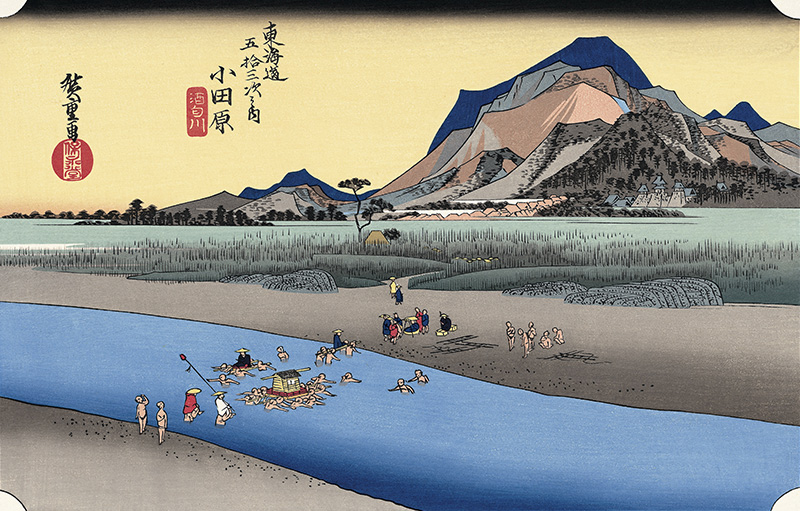
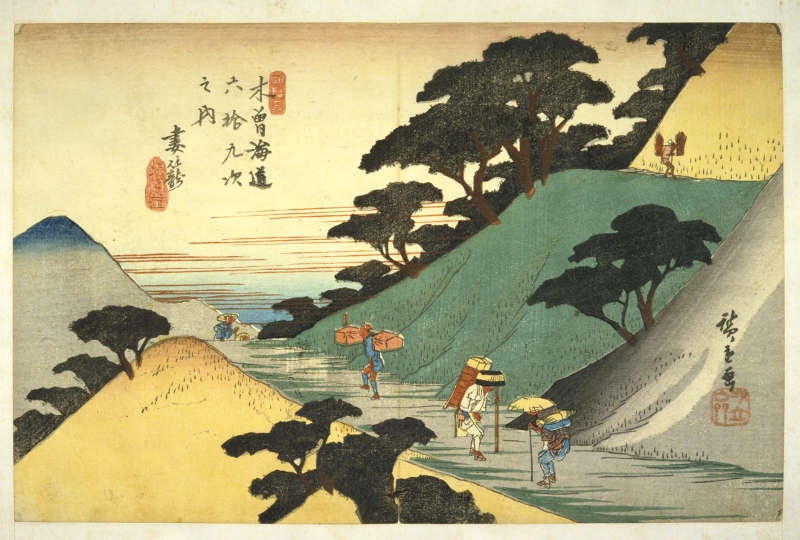
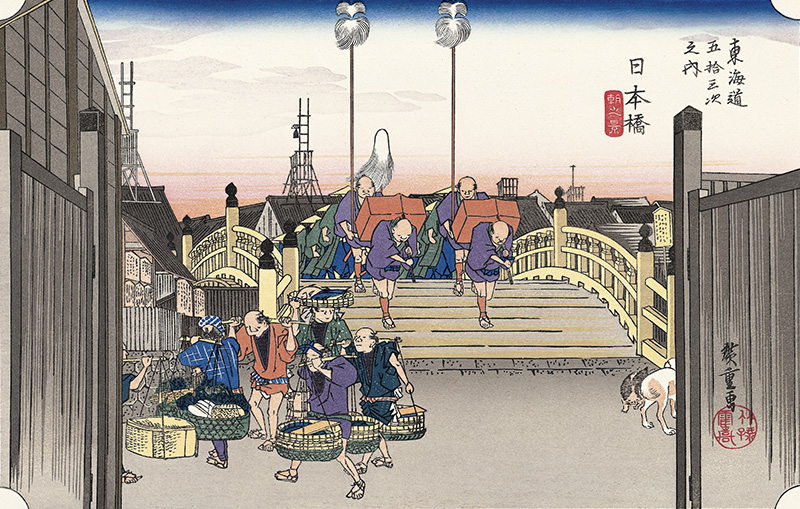
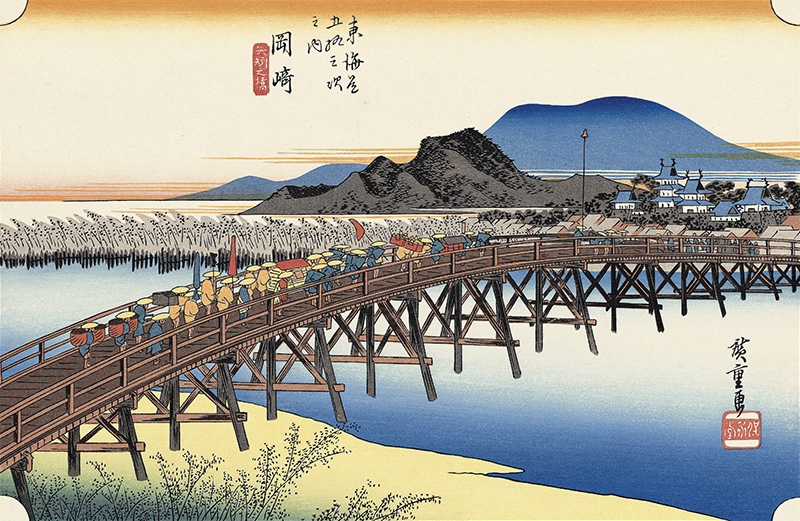
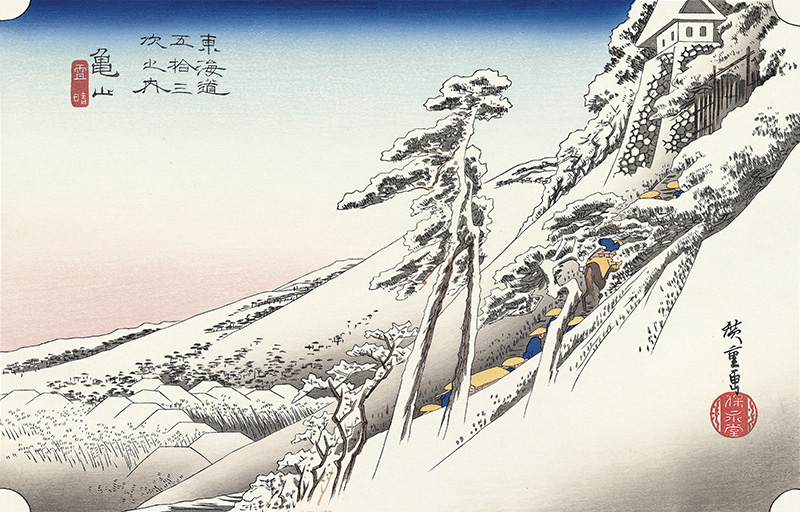
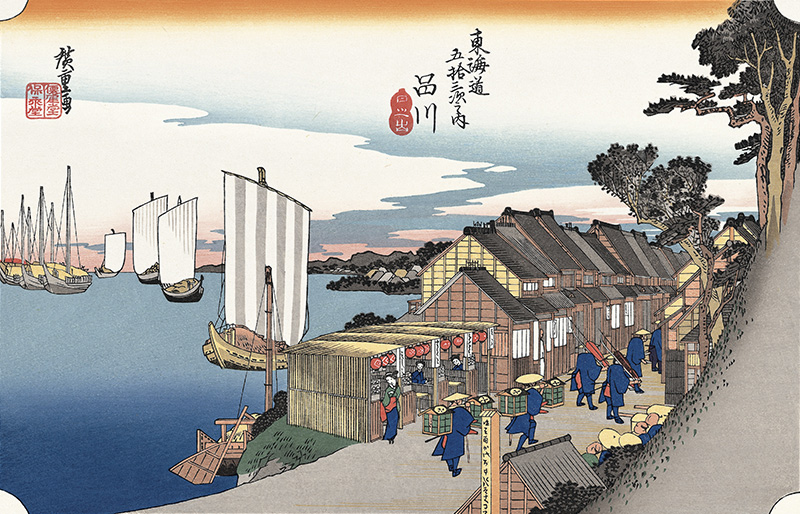
It is said that Hiroshige was supported because of its “realism”. According to Ukiyoe researchers, “The major reason why the realism of Hiroshige’s paintings became popular is that the people in the late Edo period had matured ‘eyes’. People started to travel and were familiar with the famous sights. There was a custom of drawing with a brush on the spot when you saw a nice view while traveling. It remains in the documents that perspective was used for amateur sketces. Hiroshige excelled as a painter of landscapes of famous places because of his ability to recognize spaces based on perspective drawing. “
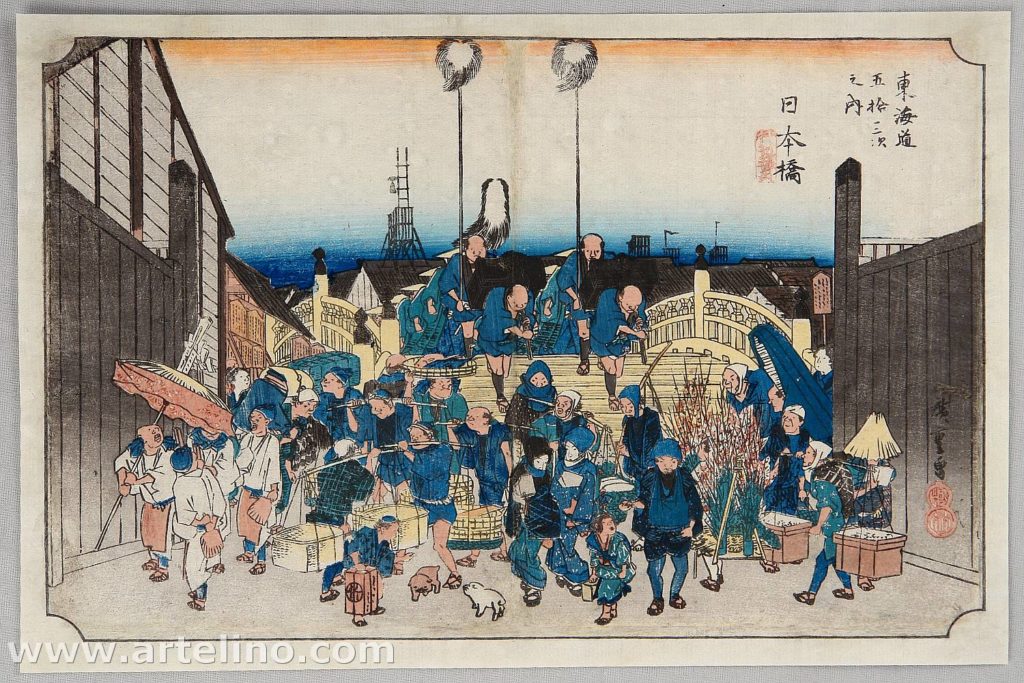
Hiroshige also painted various “Famous places in Edo” series. In addition, he continued to produce excellent works in Kacho-ga (paintings of flowers and birds) on tanzaku (long, narrow card on which Japanese poems are written), as well as historical paintings, harimazee paintings( ukiyoe with various shapes and various kinds of pictures arranged on a single woodblock print ) , caricatures, toy paintings and shunga (erotic arts). And in his later years, he also created three Bijinga( beautiful woman portray ).
” Meisho Edo Hyakkei ” or 100 famoius view sites are masterpieces of Hiroshige’s later years. They are major series of Edo Meisho-e featuring bold composition. It is known worldwide because impressionist masters such as Monet and Gogh copied it.
These works are divided into four sections, spring, summer, autumn, and winter, and Edo is depicted for each season.
It was produced from 1858 to 1856 and became a best seller at that time.
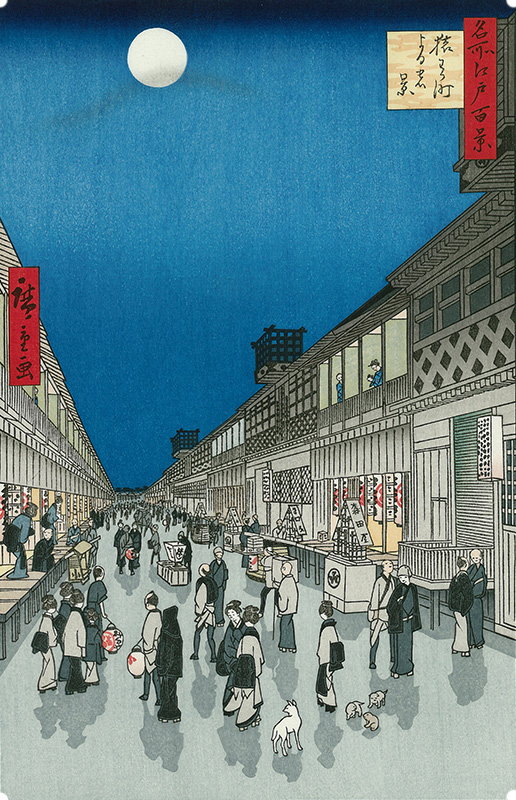
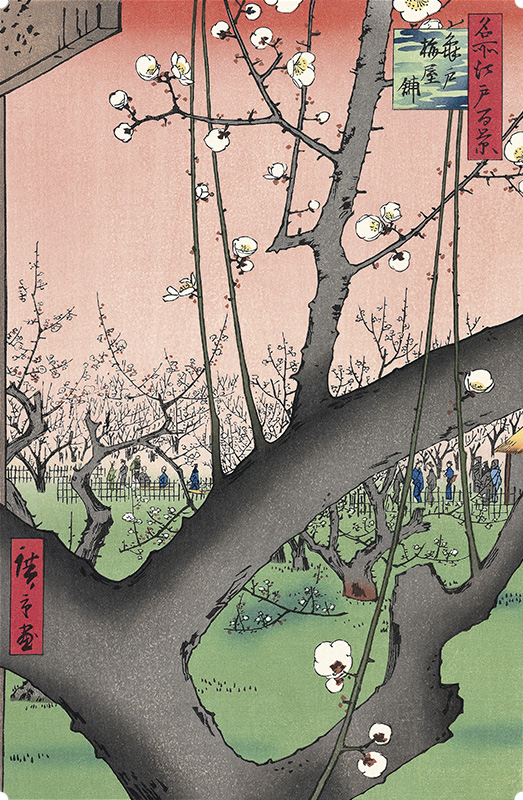
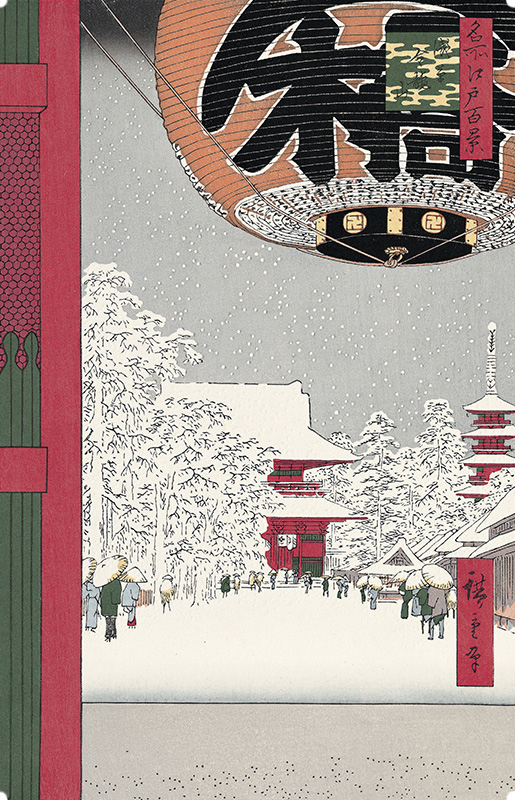
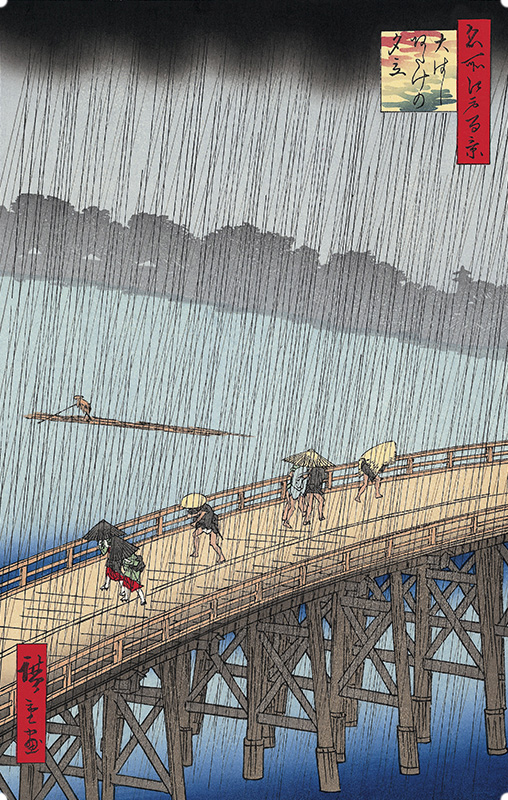
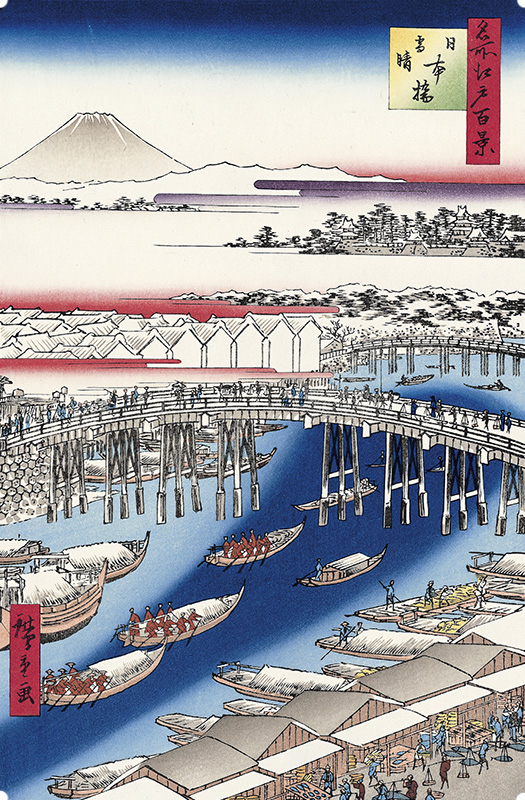
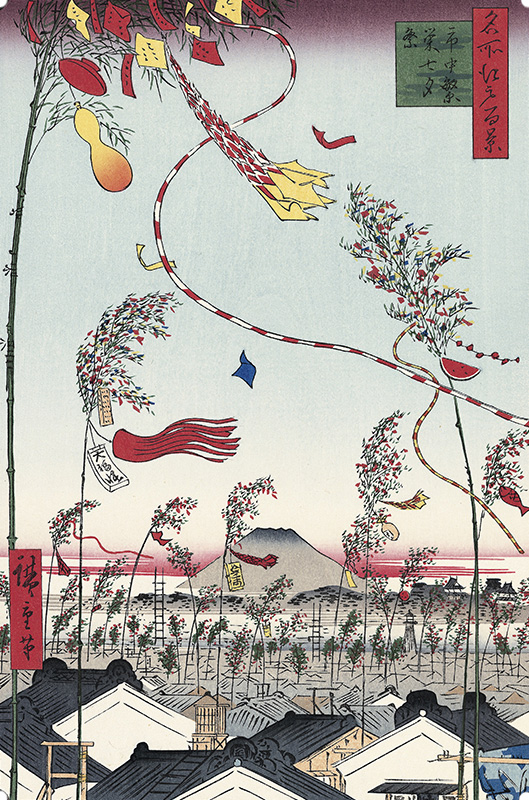
Although Hiroshige is famous as a master of landscape painting, he actually painted many excellent works in Kacho-ga ( flower and bird paintings ).
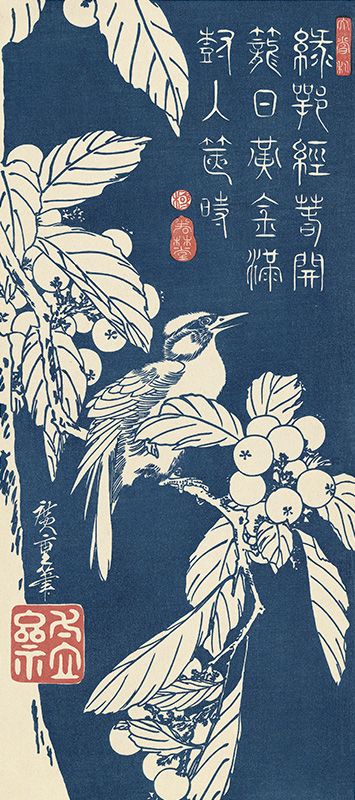
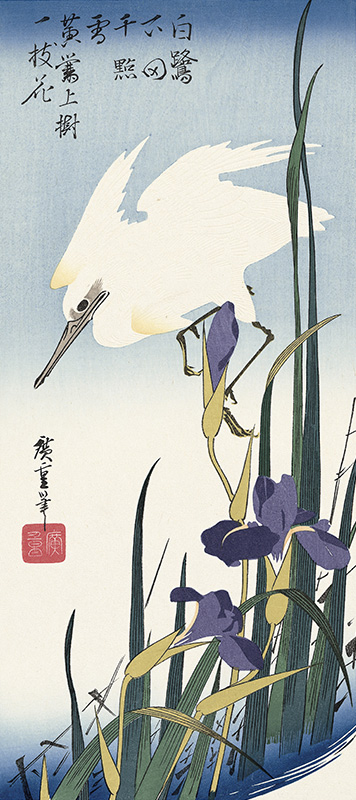
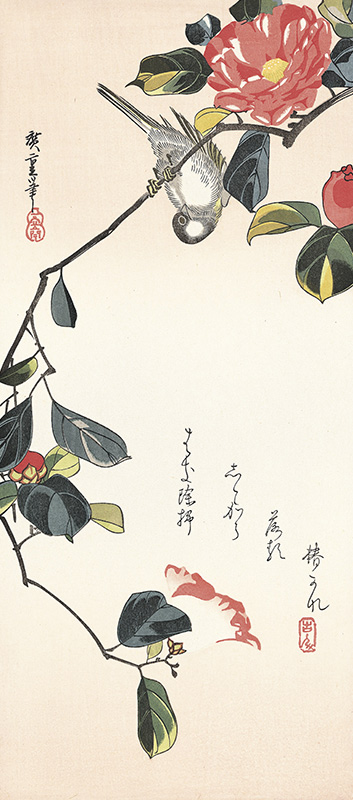
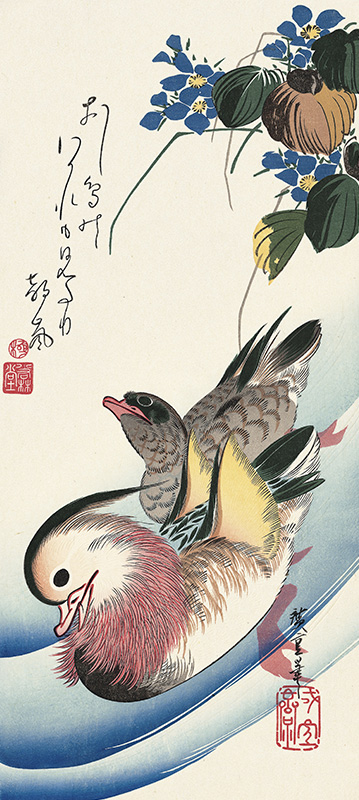
Kitagawa Utamaro
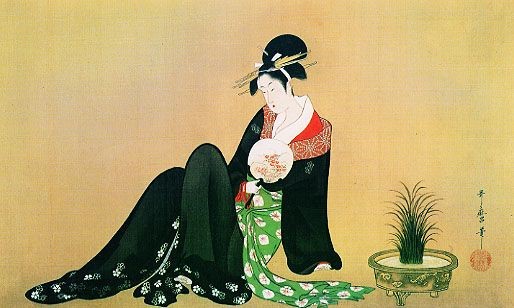
Utamaro is a world-famous ukiyo-e artist along with Hokusai, Hiroshige and Sharaku. He painted ukiyoe as a bijinga painter ( beautiful woman portrait ) in the golden age of Ukiyoe. But nobody really knows much about his life.
Kitagawa Utamaro became famous as an Ukiyoe artist in Kyoka picture books. “Kyoka” means poems with funny and informal expressions. He became a leading paintist when he met the publisher Juzaburo TSUTAYA and established Bijin Okubie. “Okubii” is a type of ukiyo-e woodblock print that depicted Kabuki actors, prostitutes and young women as half-body. Utamaro’s ukiyo-e features delicate and elegant lines. Utamaro Kitagawa pursued the beauty of women with various postures and expressions, and gave a vivid picture of prostitutes and ordinary young woman.
Utamaro’s works were gathered in Boston across the sea. The Boston Museum of Fine Arts holds 383 items
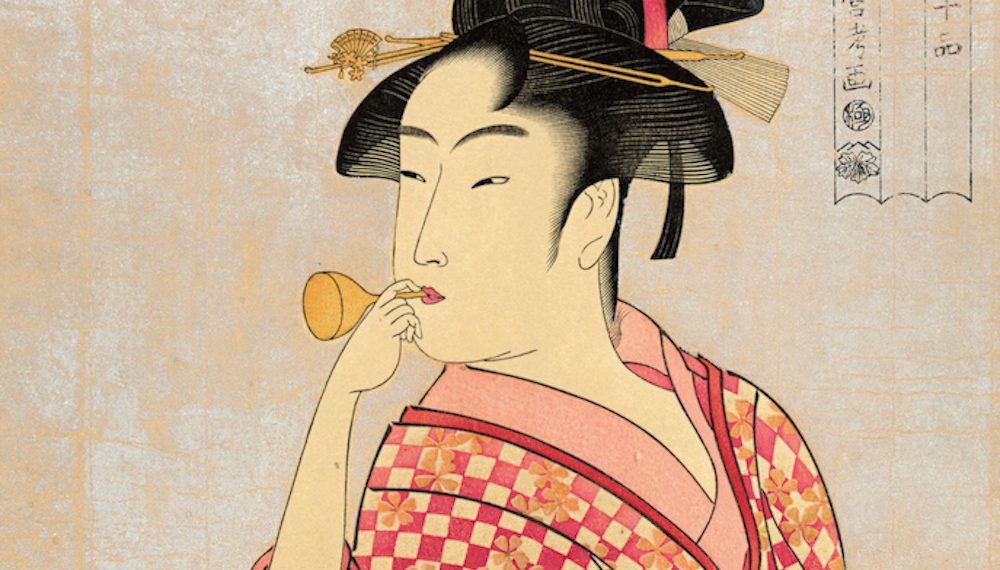
This is a work called “a girl who plays a Vidro ” is depicted an ordinary young woman in an impressive kimono with a red checkered pattern. Vidro (blown glass), also known as “Popin” or “Poppin”, is a glass toy. The background uses a technique called kira biki that glows light pink. You can enjoy the pattern that can only be expressed in woodblock.
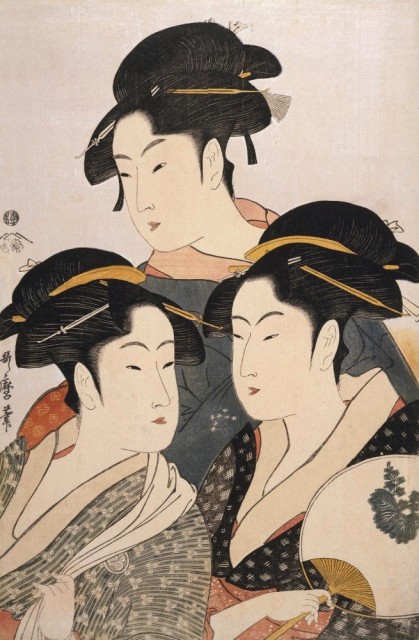
This in a work Kansei Sanbijin.
Three beautiful women who existed in the Kansei era, the center is Yoshiwara Geisha Tomimoto Toyohina, the front two are Mizunachaya’s daughters, Naniwaya Okita on the right and Takashima Ohisa on the left. It is said that the faces of women drawn in Ukiyoe are all similar, but if you look carefully, there are various types of womon such as a large eye of Ohisa. You can find the portrayal of Utamaro’s delicate personality.
